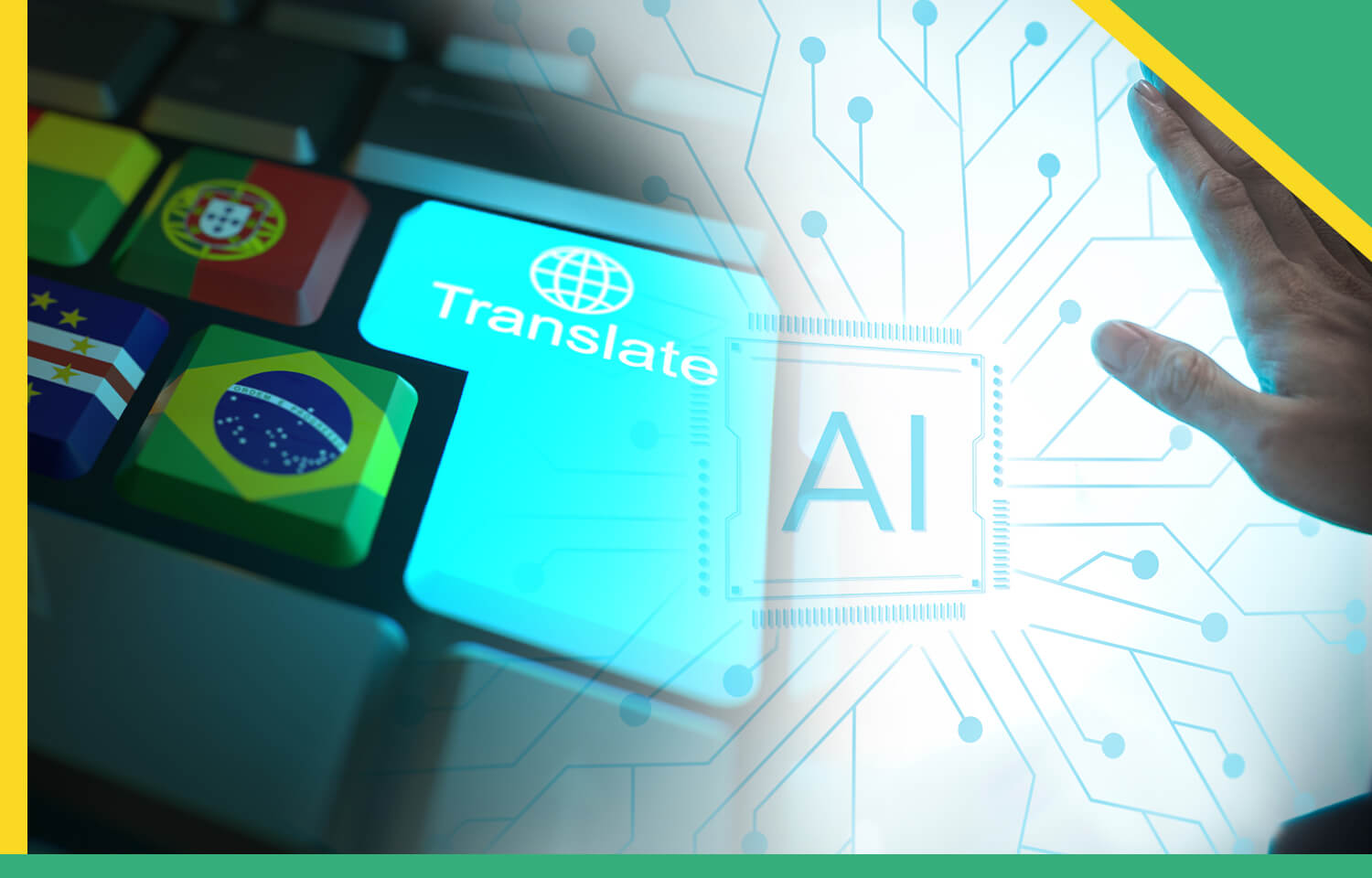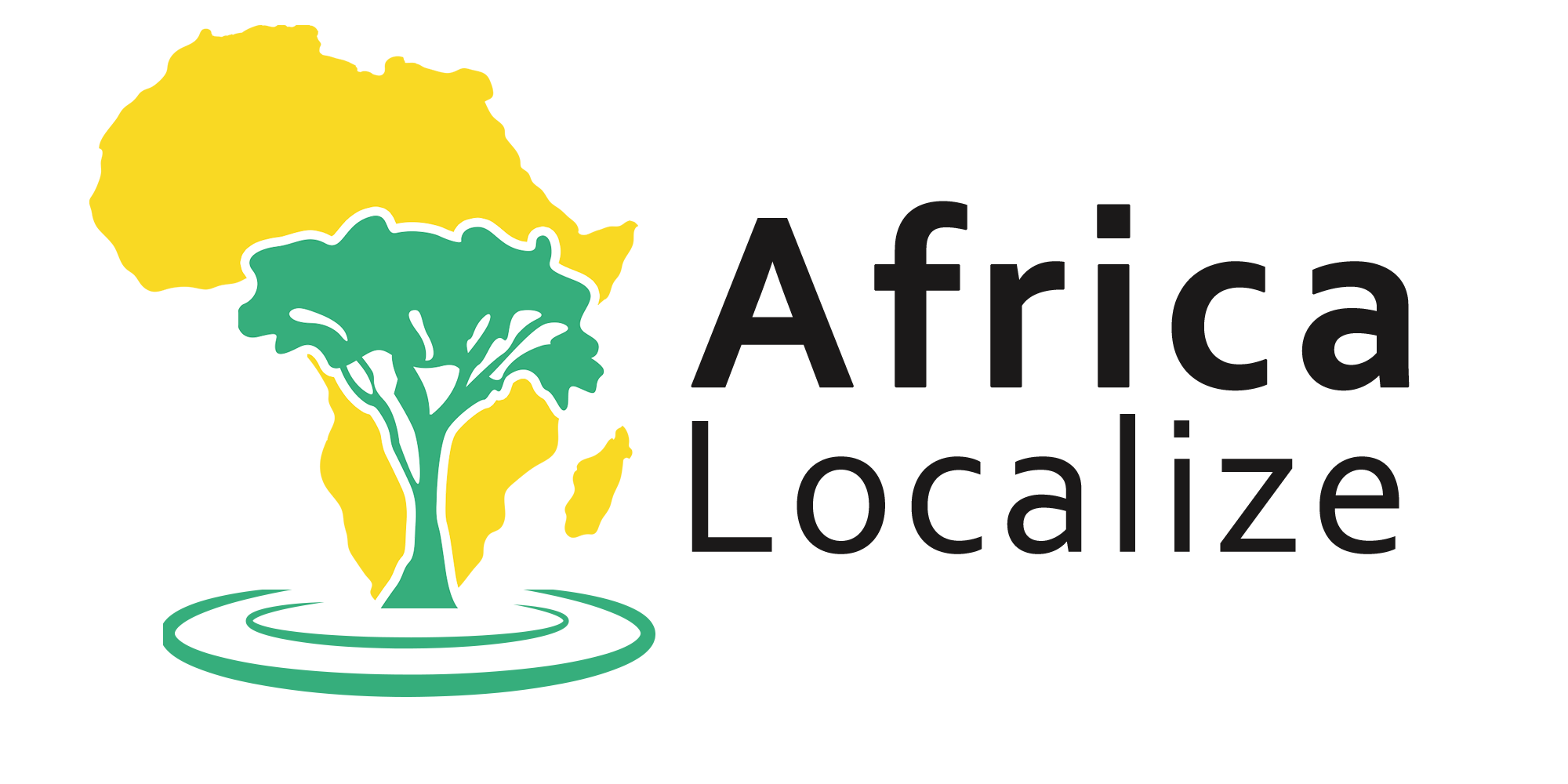What is Machine Translation and When to Use it?

Imagine a business dinner that gathers African, Asian, American, and European tongues, everyone in his own dialect!
Exactly, How would they communicate? That’s why Translation exists.
It is said that the history of human communication and Translation is inseparable.
We’ll put an example, Emily in Paris (a Netflix show), she is an American girl who travels to work in France while speaking zero French and faces many lingual challenges.
Imagine now that she has no tools to assist her in initiating conversations with French people. Keep this example as we will use it later on in this article.
Simply put, Machine Translation tools are applications designed with Artificial intelligence (AI) programs that enable us to change a large number of texts within a variety of language pairs supported. For Example:
- Google Translate
- Amazon Translate
- CrossLang
- DeepL
- Microsoft Translator
- Unbabel
- Watson Language Translator
How do these tools work?
Machine translation is designed to convert an original text into another text while saving a large number of terminologies and definitions in its translation memory. so, what is Translation Memory?
Machine translation has 4 different types:
- Rule-Based Machine Translation (RBMT)
RBMT tools mainly focus on grammatical rules to produce a translation, by analyzing the grammatical rules of both texts; source and target.
- Statistical Machine Translation (SMT)
SMT tools create translations based on the analysis of bilingual texts, mainly relying on the statical models created. context is not considered with such types of tools.
- Hybrid Machine Translation (HMT)
Hybrid MT tools are as the name implies; it is a combination of both SMT and RBMT tools.
- Neural Machine Translation (NMT)
NMT is considered the most modern MT tool. It employs AI to learn languages and improve that knowledge.
Also, its engines seek to understand the context and provide an accurate prediction, as it’s designed based on the neural network of the human brain.
Translation cycle before and after MT tools
To ensure an accurate translation, you can’t think of a word-for-word process, you will need to pay careful attention to the meaning behind the text.
For this to happen, the translation process used to go through a set of steps that we will mention in the following lines:
- Preliminary research
- Translation
- Proofreading of the translation
- Spell check
- Quality assurance
- Desktop publishing of the document
- Final revision before submission
Also, each step requires a different linguist which makes the human translation process a bit slow and expensive.
On the other side, the process of implementing Machine Translation would be as follows:
- Choose the text:
Not all content is suitable for MT tools. As a matter of fact: texts that require less creativity would fit.
- Translation Ready content:
Make sure there is no misspelling or errors in the text, and prepare your translation Glossary.
- Update your MT systems periodically:
MT systems can be trained and adapted using your preferred data and the input that will lead to more accurate results.
- A post editor is a must:
MT alone won’t usually yield the best results. For a more accurate product, a Post Editor is needed to sign off the translation.
You may have had your comparison now, but Hold on!
Back to Emily in Paris the girl who traveled to Paris and she doesn’t speak French. She was fully dependent on MT Tools, in the beginning, the tool was doing just fine. But later on when she wanted to write a letter to her French friend Camile to say “I am Sorry” her message got lost in translation. MT tools can’t convey Feelings!
So, When to use MT tools?
As we mentioned before not all texts are MT- friendly. It’s important to know the situation where MT tools can be a good aid to you.
- Internal emails and communications
Thanks to MT tools you can send your email in your language and it will be easily and quickly translated into the language of the recipient.
- Technical documentation and product instructions
Product instructions are usually written in short-lined segments that could easily be uploaded and translated by the tool.
- Online customer service
MT tools enable brands to interact with their customers all over the world, through which they can provide a great customer experience without hiring translators or employees from all over the world
- Data analysis
Some types of MT tools can process millions of user-generated comments and provide highly accurate results in a short amount of time. Companies translate millions of customer reviews daily for analysis.
MT can be the smartest time-saving choice here!
Frequently Asked Questions about ” What is Machine Translation and When to Use it?”
Conclusion
Next time you are having a text you wish to translate, just don’t be Emily!
Make sure to be smart when using the machine translation and use the appropriate tool to help you get the best results.
If you feel that you won’t be able to translate your document properly, you can contact us at Africa Localize. We offer high-quality translation services that will ensure your message is conveyed accurately and effectively.
